-
Posts
98 -
Joined
-
Last visited
-
Days Won
21
Content Type
Profiles
Forums
Events
Posts posted by Alex
-
-
Here's our quick video review of the Potensic A30W Navigator III FPV Mini Drone. Great beginner drone if you are just starting out or want something inexpensive to fly. Flight by controller and FPV through the Potensic App. This is a Mini RC Nano Quadcopter with Camera, Auto Hovering, Route Setting, Gravity Induction Mode and 500mAh Detachable Battery, Easy To Fly! You can buy this drone on Amazon for $59.99 and also apply a 20% coupon!
-
-
-
-
Biggest FPV Compilation 2018 - EPIC Drone Cinematics
-
What drone is on your wish list?
-
Is that you in the video @farcomb?
-
Welcome to RC Drone Forum

-
Here's a good read on this: http://www.droneguru.net/license-to-fly-a-drone/
Flying a Drone Recreationally
The Federal Aviation Administration (FAA) has provided clear guidelines regarding pilot license requirements for flying drones recreationally. If you fly your drone indoors, you don’t need a remote pilot’s license and you may not even need to register your drone with the FAA.
If you fly your drone outdoors for recreational purposes then you will need to register the device if it weighs more than 0.55 pounds. At this point you have two options for flying your drone recreationally. According to the FAA, you do NOT need to obtain a remote pilot license under the following conditions:
- You are flying the drone purely as a hobby and for solely recreational reasons.
- You follow the guidelines set forth by your local community.
- You keep your drone within a visual line-of-sight.
- Yield to any and all manned aircraft.
- Remain at least five miles away from airports and air traffic control towers.
- Your drone must not weigh more than 55 pounds.
You can also fly your drone for recreational purposes if you or someone monitoring you has a valid remote pilot license. The restrictions for such recreational flights are as follows, according to the FAA website:
- You must register your aircraft as a non-model, unmanned aerial vehicle.
- You must adhere to the FAA’s Small UAS Rule, Part 107.
It is an absolute requirement that if you operate your drone under this second set of rules that either you or someone supervising you has a valid remote pilot’s license.
Long story short, if you plan to fly your drone in a field, park, or other area where there manned aircraft aren’t constantly passing through and there is no immediate threat to power lines or people then you do not need a remote pilot’s license, although you will likely need to register your drone and ensure that you are only using the device as a hobby.
-
A friend of mine just picked up a GoPro - Karma Quadcopter with HERO6 from Bestbuy for $850. It looks pretty impressive out of the box. Charging it fully took about an hour but he couldn't fly it because it needed to update over wifi. Looking forward to see how this thing flies and captures video. It's available on on Amazon for $849 but without the battery it looks like. So the bestbuy deal is pretty good.
-
Did you ever get this working?
-
Did you get this working? Also, there was a problem with uploads I found out that should be fixed now. You can also copy and paste images into posts.
-
Did you ever get this working?
-
I usually look at blackfriday.gottadeal.com for specials this time of year. On a quick search, here's what you can find:
Walmart Drones 
Promark Shadow Drone with GPS & VR Headset $99.00 
Sharper Image Video Streaming Drone $40.00 
Yuneec Breeze Drone with 4K Recording $199.00 Kohl's Drones 
DJI Spark Quadcopter Drone w/ 1080p Camera $399.99 

Sharper Image 14.4" Streaming Drone w/ Virtual Reality Viewer $79.99 
Sky Drones HD PRO X1 VR Streaming Drone $69.99 

Sky Viper HD Streaming Video Drone $79.99 Target Drones 
DJI Mavic Pro Drone $899.99 
DJI Spark Mini Drone $399.00 
Sky Viper Stunt Drone $29.99 Best Buy Drones 
Protocol Slipstream S Stunt Drone Silver/Black $19.99 Sam's Club Drones 
DJI Mavic Pro Drone Bundle w/ Bag & Propeller Set $899.00 Bon-Ton Drones 
Discovery Kids Drone $39.97 

FAO Schwartz Drone $59.97 

Sharper Image DX-2 Stunt Drone $19.97 

The Sharper Image DX-2 Stunt Drone $19.97 

The Sharper Image DX-4 HD Video Streaming Drone $79.97 
Home Depot Drones 
Space Flyers Auto Hovering Drone $9.88 JCPenney Drones 
Skyrider Falcon 2 Pro Drone with Camera $29.99 Sears Drones 
SwiftStream Z-34CV Drone $49.99 Toys R Us Drones 
Air Hogs Helix Race Drone $19.99 
Aura Drone with Glove Controller $49.99 
Lunar Drone with 10-Inch HD Camera $47.99 Toys & Games 
Nerf N-Strike Elite Terrascout Remote Control Drone Blaster $99.99 Drones 
Sky Viper v2900PRO Remote Control Streaming Video Drone 2.6Ghz Black/Green $149.99 Dell Home Drones 
DJI Spark Mini Drone $399.99 
Parrot Mambo Mini Drone FPV w/ $50 Dell Promo Gift Card $149.99 Staples Drones 
Propel Hover Hero Drone $12.49 
Propel Magic UFO Drone $8.00 Bass Pro Shops Special Offers 
First 200 In Line Chance to Win World Tech Toys Striker Remote Control Live Feed Camera Spy Drone FREE Drones 
Bass Pro Shops Rogue 2.4GHz 4.5-Channel Remote Control Drone $29.97 
Bass Pro Shops Venom Pro GPS 2.4GHz 4.5CH Remote Control Drone $79.97 
World Teach Elite REZO Remote Control Racing Drone $69.99 Dollar General Drones 
Sky Rider Wi-Fi Drone w/ Camera and LED Lights $30.00 Michael's Drones 
Micro Drone $20.00 Meijer Drones 
Propel Star Wars Advanced Battling Drone $99.99 

SYMA D650WH Wi-Fi FPV Drone $35.00 
Newegg.com Drones 
DJI Goggles Immersive FPV Drone Headset $399.00 
DJI Mavic Pro Mini Drone $899.00 
DJI Spark Mini Drone Fly More Combo Alpine White $599.00 Menards Drones 
Glow-in-the-Dark Camera Drone $29.99 
True Value Drones 
Striker Remote Control Camera Drone $39.99 
Striker Remote Control Live Video Camera Drone $59.99 -
Please post any black friday drone deals!
Kohls has the Sharper Image 10-in. Lunar Drone with Camera Streaming for $49.99 on sale now.
-
https://wiki.ezvid.com/best-budget-drones
10. Skeye Pico by TRNDlabs
Tiny enough to launch from your fingertip, the Skeye Pico by TRNDlabs achieves superior precision with 6-axis gyroscopic flight control. It's capable of flipping, spinning and diving for 7-8 minutes per half-hour charge and has LEDs for low-light performance.- maximum range of 50 meters
- lightweight body drifts easily
- too small for camera mount
Brand TRNDlabs Model 2621 Weight 3.2 ounces Rating 3.9 / 5.0 9. Dromida Ominus FPV
With under an hour of charging, the Dromida Ominus FPV flies for up to 12 minutes at a stretch, giving operators more than enough opportunity to develop their remote piloting skills. Distinct flight modes for slow, fast, flips and windy conditions add to its versatility.- wi-fi enabled hd camera included
- one-button automatic flip function
- motor may need frequent replacing
Brand Dromida Model DIDE02GG Weight 2.5 pounds Rating 4.1 / 5.0 8. Hubsan X4
The release of the FPV version of the Hubsan X4 makes the popular starter drone an excellent value for amateurs. Compact and easy to use, it's durable enough to survive the learning curve and flies for 7-8 minutes on less than an hour of charging time in good conditions.- range of up to 100 meters
- 6-axis flight control system
- struggles to maintain course in wind
Brand Hubsan Model pending Weight 1.6 pounds Rating 4.1 / 5.0 7. UDI U818A
With the combination of its innovative gravity induction mode and FPV WiFi feature, the UDI U818A gives you access to live video feed, while also allowing you to fly the drone in almost any direction in correspondence to the angle of your mobile device.- 2-megapixel hd camera
- 6-axis gyro for superior stability
- 2 lithium batteries included
Brand USA Toyz Model pending Weight 2.1 pounds Rating 4.0 / 5.0 6. Syma X5C
Flying indoors or outside for up to 7 minutes per 100 minutes of charge time, the Syma X5C weighs in at just over 100 grams and offers greater stability and wind resistance for aerial acrobatics and photography at a reasonable price.- gyroscopic stabilization on 6 axes
- faa registration not required
- great for beginners
Brand Syma Model X5C-W Weight 1.4 pounds Rating 4.0 / 5.0 5. Holy Stone HS170 Predator
For less than $50, the Holy Stone HS170 Predator delivers 6-axis gyro stabilization and a wind-resistant control range of between 30 and 50 meters. Anti-interference technology and a headless mode help ensure smooth operation and exceptional ease of use.- ideal for ages 14 and up
- responsive and powerful motors
- 6-8 minutes of flying per charge
Brand Holy Stone Model F180c Weight 14.4 ounces Rating 3.9 / 5.0 4. Parrot Mambo
Charging in 30 minutes or less, the Parrot Mambo comes with a playful cannon to fire projectiles at targets and a grabber to grasp light payloads in flight. Designed for fun, it's ideal for kids and young-at-heart pilots eager for some remote-operated airborne playtime.- does flips and barrel rolls
- 200-foot controller range
- flies at up to 11 miles per hour
Brand Parrot Model PF727001 Weight 11.4 ounces Rating 3.9 / 5.0 3. UDI U45
Features like VR headset compatibility, altitude hold, customized routing and one-touch takeoff and landing make the UDI U45 a great entry-level option. Its sturdy construction withstands beginner flubs, and more experienced users can appreciate its HD aerial photography.- includes bonus powerbank and sd card
- does 360-degree flips
- headless mode functionality
Brand Force1 Model pending Weight 2.2 pounds Rating 4.8 / 5.0 2. QCopter QC1
With its included bonus battery, the QCopter QC1 provides up to 30 minutes of exciting flight time before having to recharge. Its HD camera also allows for bird's eye photos and aerial views for documenting your adventures. Colorful LEDs offer nighttime illumination.- sleek and stylish
- lightweight and sturdy construction
- faa registration not required
Brand QCopter Model QC1 Weight 1.7 pounds Rating 4.8 / 5.0 1. Holy Stone X400C
Packing the capabilities of a higher-end drone into a less costly, lightweight and durable airframe, the Holy Stone X400C features 6-axis gyro stabilization, 3D flip function and real-time HD image delivery. Left and right switchable throttle controls are easy to use.- outstanding maneuverability
- 1 hour charge yields 8 minutes aloft
- replacement parts readily available
Brand Holy Stone Model pending Weight 2 pounds Rating 5.0 / 5.0 -
Interesting, that's because you are using tapatalk and it's 3rd party. Links get filtered through viglink. I'll have to look into that, thanks for the heads up!
-
-
We just updated our website and a new feature added is Clubs, see main menu. You can start your own public or private club, so check it out.
-
Thanks for posting this David!
-
You can take a look at these:
Blomiky JXD 509G 5.8G FPV 720P Camera Drone Altitude Hold RC Quadcopter 509G with Extra 2pcs Battery
Good article to read BUILT-IN DISPLAYS VS SMARTPHONES/TABLETS
-

The last decade has seen a boom in recreational drone usage, as hundreds of thousands of law-abiding hobby pilots have taken to the skies with enthusiasm.
Meanwhile, enterprising individuals are continually dreaming up new commercial uses for drone technology.
Unmanned craft have already been used for aerial photography, helping realtors sell homes, and helping property owners identify roof damage. Amazon has developed drones capable of delivering its packages. One California-based company, Zipline, is using drones to transport life-saving medical supplies in Rwanda.
And the innovation is just beginning.
Americans need an alternative to the mainstream media. But this can't be done alone. Find out more >>
Drones may one day be used for infrastructure inspection, to transport life-saving devices to people across the country, or even to help local police track down fugitives.
These services will undoubtedly deliver countless benefits to society, but increased drone usage will also bring with it new and complex challenges.
How should drones be integrated into the national airspace system while preserving the integrity and safety of manned aviation? How should conflicts between drone operators and landowners be addressed?
Should responsibility for setting the rules of the road in the low-altitude airspace rest chiefly with the Federal Aviation Administration, or with state and local governments?
This issue calls for sweeping legislation to lay the groundwork for the changes that are coming. That legislation has now arrived.
The Drone Federalism Act
Earlier this week, Sens. Mike Lee, R-Utah; Dianne Feinstein, D-Calif.; Tom Cotton, R-Ark.; and Richard Blumenthal, D-Conn., introduced the Drone Federalism Act. This bipartisan bill lays out a bold new framework for federal regulation of the burgeoning drone industry.
The bill takes a novel approach, recognizing and balancing the interests of federal officials in maintaining airspace safety with the responsibility of local and state governments in policing conduct within and among their communities, and with private property owners who may not be keen on drones routinely buzzing their backyards.
To this end, the Drone Federalism Act affirms the federal interest in FAA regulation of the national airspace and interstate commerce, manned aviation, and all drone activity in the airspace above federal property.
Outside of these restrictions, the bill vests in state, local, and tribal governments the power to “issue reasonable restrictions on the time, manner, and place of operation” of drones when flown “below 200 feet above ground level or within 200 feet of a structure.”
These could include speed limits, the establishment of acceptable hours of operation, and demarcating drone-free zones around “schools, parks, roadways, bridges, or other public or private property.”
The bill would also guarantee federal recognition of airspace property rights.
Common law once granted an absolute right to the airspace above private property, but this archaic understanding was rendered obsolete by the rise of manned aviation. Homeowners no longer own everything “up to the heavens,” as the ancient “ad coelum” doctrine provided.
In United States v. Causby (1946), though, the Supreme Court held that homeowners do own “at least as much of the space above the ground as they can occupy or use.”
The “exclusive control of the immediate reaches” of the atmosphere above private land was recognized as essential, or “buildings could not be erected, trees could not be planted, and even fences could not be run.”
In language borrowed directly from Causby, the Drone Federalism Act affirms a property interest in the “immediate reaches of the airspace above property.”
If passed, property ownership would include 200 feet of airspace above private land and any structure on it, and the FAA would be prohibited from promulgating any rule authorizing “operation of a civil unmanned aircraft” within that space without the owner’s permission.
These provisions would ensure that the FAA cannot simply designate a low-altitude corridor for drone commerce without first addressing the concerns of the landowners directly affected by such activity.
As Cotton put it, “This bill will return power to regulate everyday drone use to the proper level, states and local communities.”
Sen. Tom Cotton, R-Ark., is an original sponsor of the Drone Federalism Act. (Photo: Bill Clark/CQ Roll Call/Newscom)
This makes sense for a host of reasons. Most issues that are likely to arise in low-altitude drone operations—trespass and nuisance complaints, flights over public land, and night flying, for example—are inherently local matters, and responses to them should reflect local preferences.
Town councils and local zoning boards will be better positioned than federal regulators to develop responsive and robust policies that suit the needs and preferences of their citizens.
But federal officials do have unparalleled expertise in the aviation field that they can bring to the table to assist city, state, and tribal governments in developing their regulatory approaches to drones.
To that end, the Drone Federalism Act mandates that the FAA establish pilot programs with 10 local, state, and tribal governments of varying size and “intended approach to regulation” in order to provide “technical assistance” and to “coordinate efforts with respect to the enforcement of regulations relating to the operation” of drones in those jurisdictions.
The Drone Federalism Act also guarantees state, local, and tribal governments a seat at the table in the ongoing NASA-led effort to develop an unmanned aircraft traffic management system, a drone analog to the air traffic control system used for manned aviation.
An Overbearing FAA
In contrast to the federalism-based approach envisioned in the Drone Federalism Act, the FAA has for the last decade asserted that drones fall almost exclusively within the confines of its authority.
Consequently, in the FAA’s view, local communities would have virtually no control over how drones interact with, and affect, their own local affairs.
Imagine a small township having to petition the federal Department of Transportation every time it wanted to change a speed limit, install a speed bump, or designate a “no parking” zone.
The result would be a needless slowing of basic decision-making that is inherently local. In the low-altitude airspace, total federal preemption would produce the same result for drones.
Nevertheless, some advocate that federalism has no place in the regulation of drones because it may produce a “patchwork” of state and local laws that vary by jurisdiction. More efficient development and deployment of drone technology, they argue, would be facilitated by providing a single set of national rules.
In reality, the reverse has been true. The FAA’s control over this field has, in fact, proven to be a hindrance to these services.
Drone companies have moved their development operations overseas, where governments have been more inviting and more robust in establishing flexible rules that allow them to operate. Chinese drone manufacturers dominate global markets.
A New Direction
The Drone Federalism Act proposes to chart a new course, one that guarantees the safety of the national airspace system without compromising the traditional right of states and localities to police the conduct that takes place within their own communities.
States will be free to compete with one another to create inviting conditions that attract drone businesses, much as states do today when they offer competitive tax rates and regulatory environments meant to lure job-creating industries.
But the Drone Federalism Act will not throw open the doors to the Wild West. This process will be guided by the FAA, which will provide big-picture guidance and retain firm control of the navigable airspace.
The FAA has full authority to provide for the safety of manned aviation, including promulgating rules governing drone activity below 200 feet where conflicts may emerge between drones and manned aircraft.
This authority, stemming from section 40103 of Title 49, would allow federal regulators to secure airspace around airports, as well as military training routes and other federal facilities.
The bill also empowers the FAA to set “regulations or standards related to civil unmanned aircraft systems,” which could include safety standards and technology mandates needed to comply with any future unmanned aircraft traffic management system.
Citizens will benefit, not only as revolutionary drone technologies come to market more quickly, but from the federal guarantee of airspace property rights above their homes.
Technological development and economic advancement do not require us to forfeit basic rights, or principles like federalism that help to maintain them.
The federalism-based approach envisioned in the Drone Federalism Act is precisely the approach America needs, and it has won the support of the National Governors Association, the National Conference of State Legislatures, and the National Association of State Aviation Officials.
Congress would be wise to consider such reforms.
-
Looks like DJI announced a new drone and the buzz is high on this little one. Starts at $499 an dis also available on Amazon
Spark is a mini drone that features all of DJI's signature technologies, allowing you to seize the moment whenever you feel inspired.





















-
5 hours ago, DUGGINS said:
nothing to report yet, other matters have taken priority, garden, yard, spring clean-up, etc....about mid May....
Oh I hear you there!!! Same here....
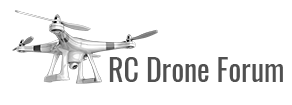




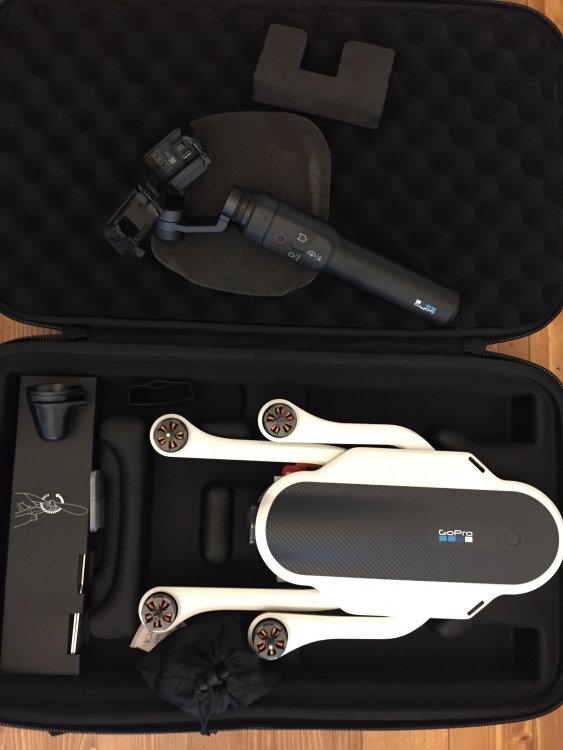
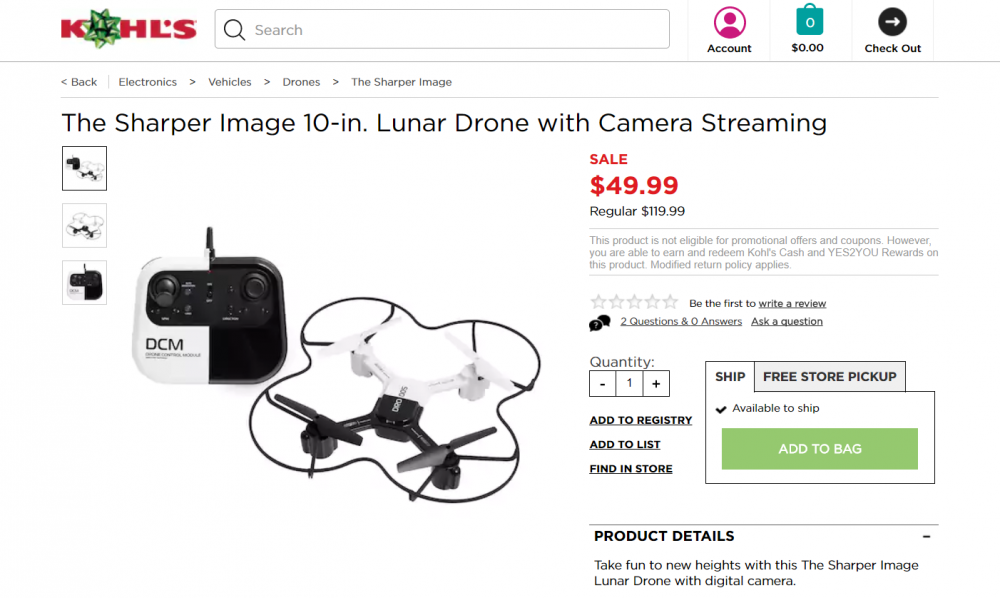









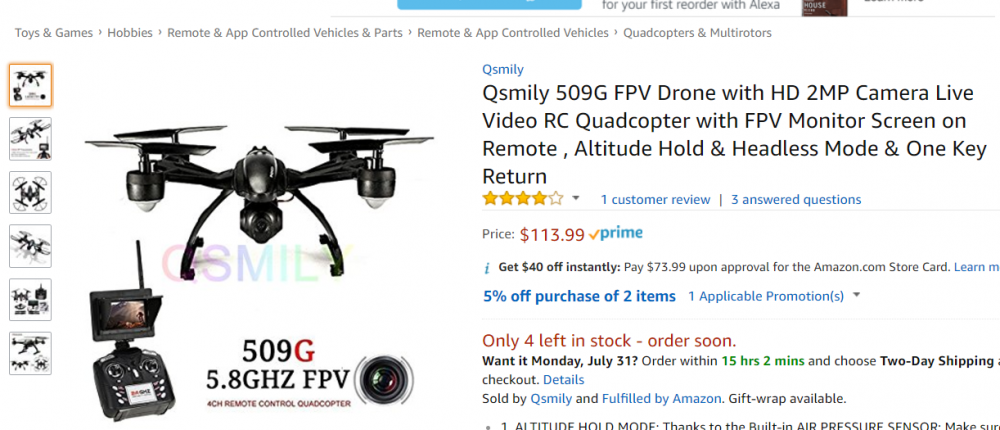







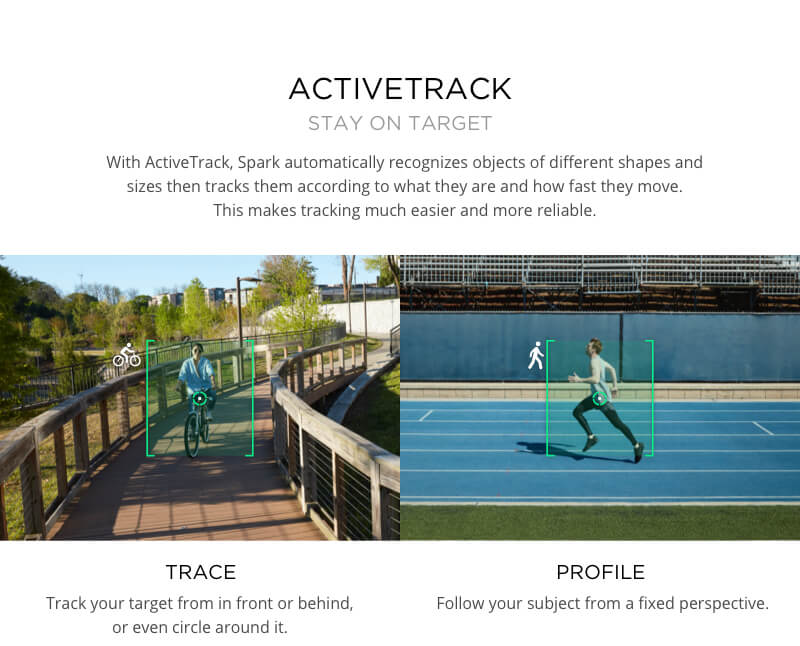

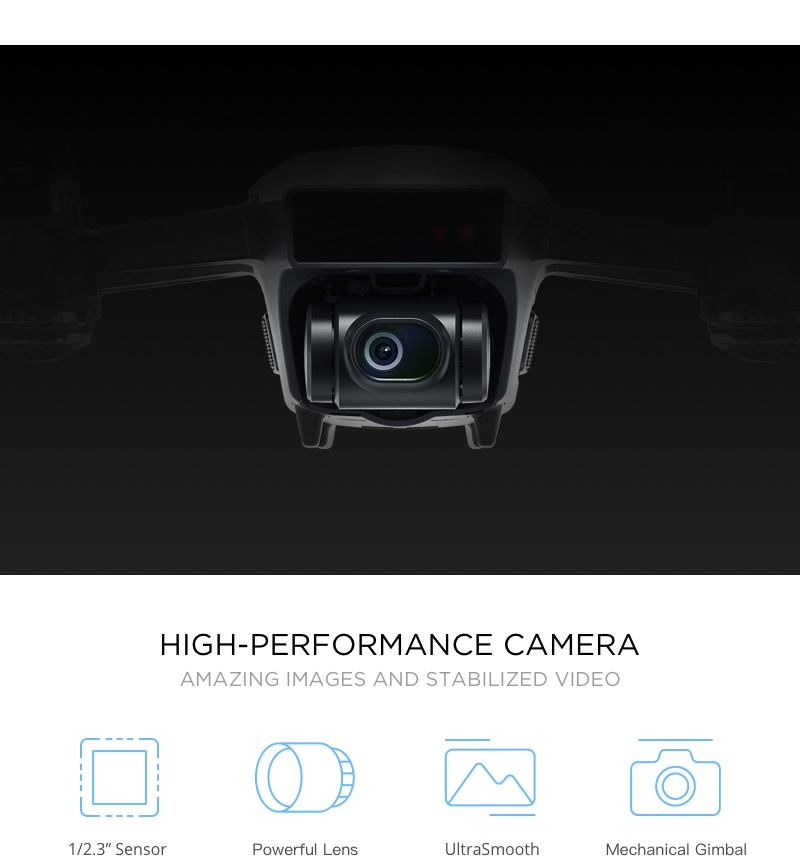







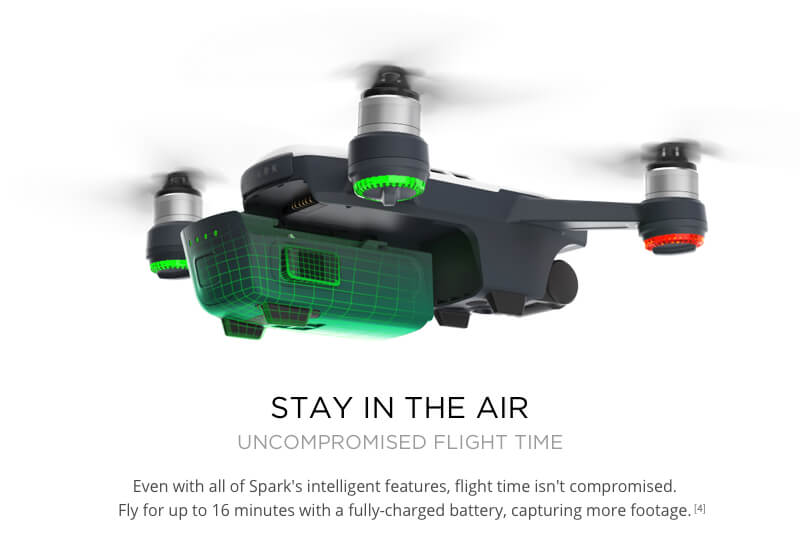
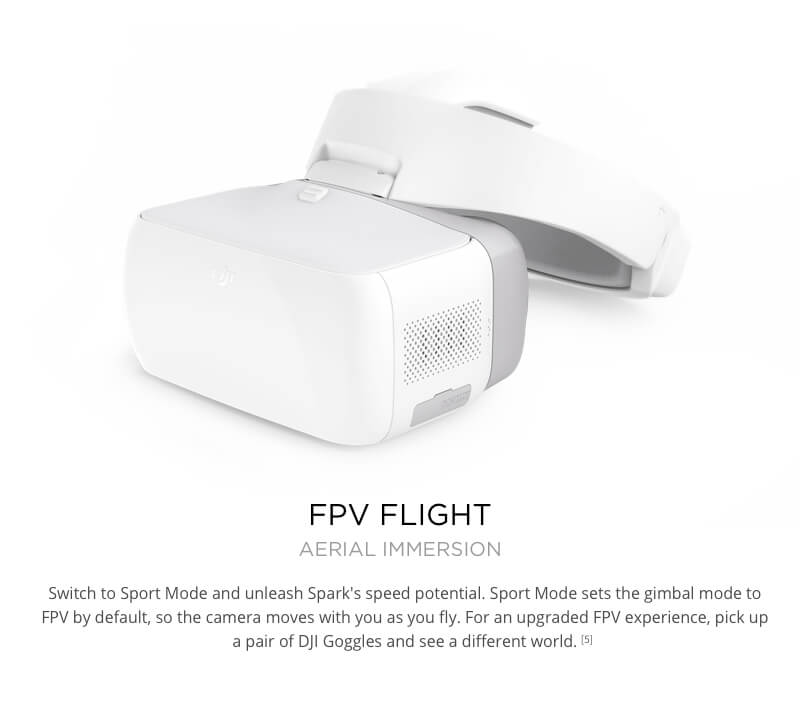
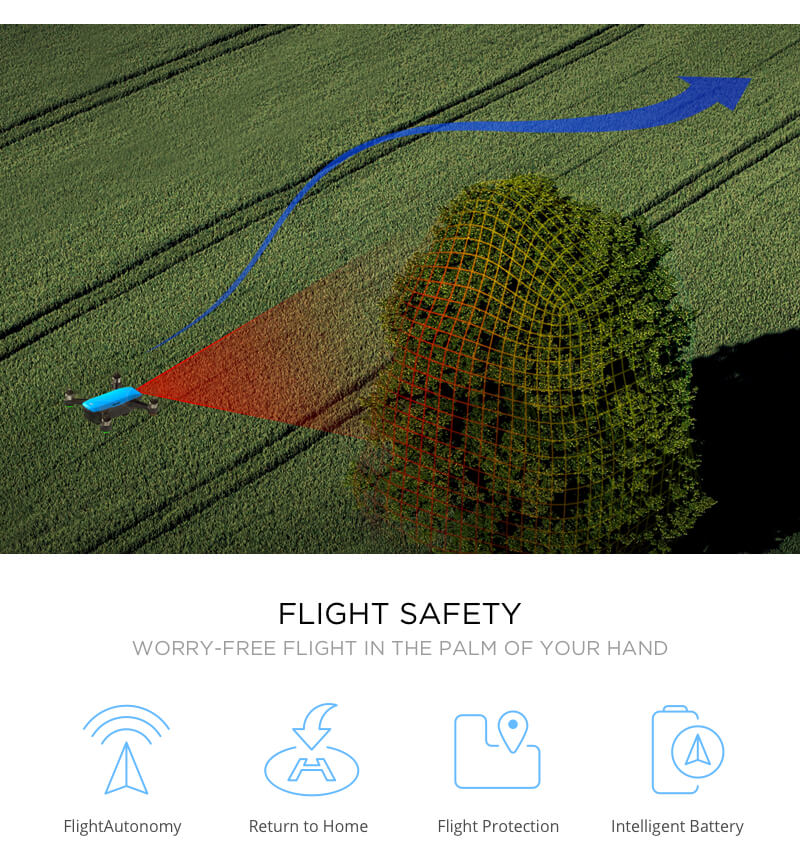
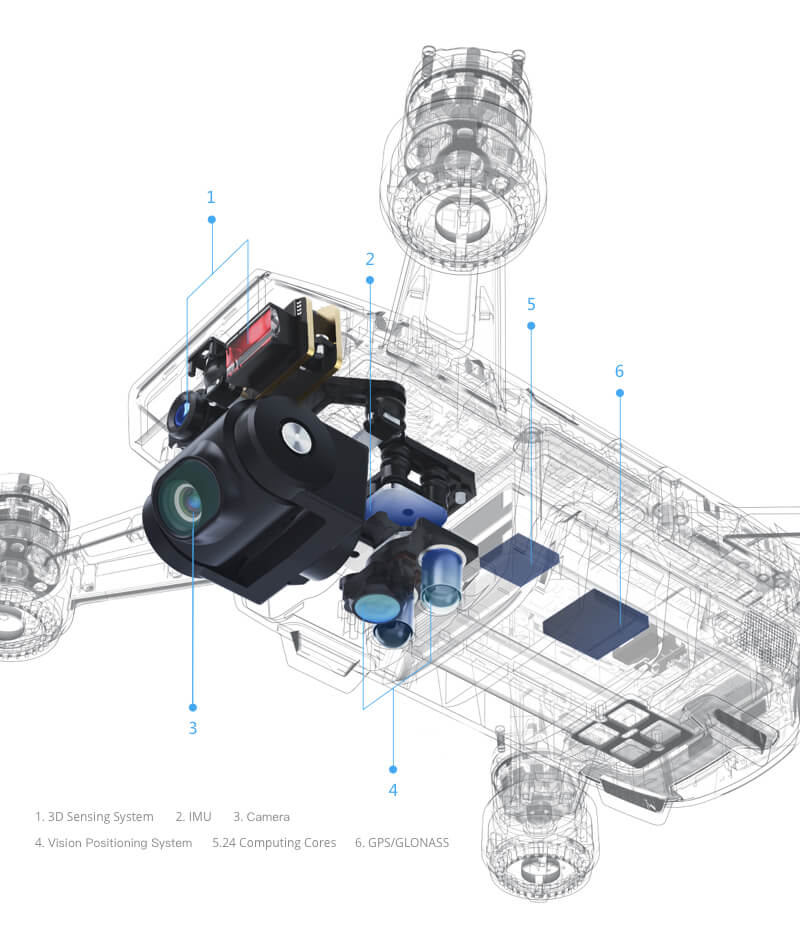

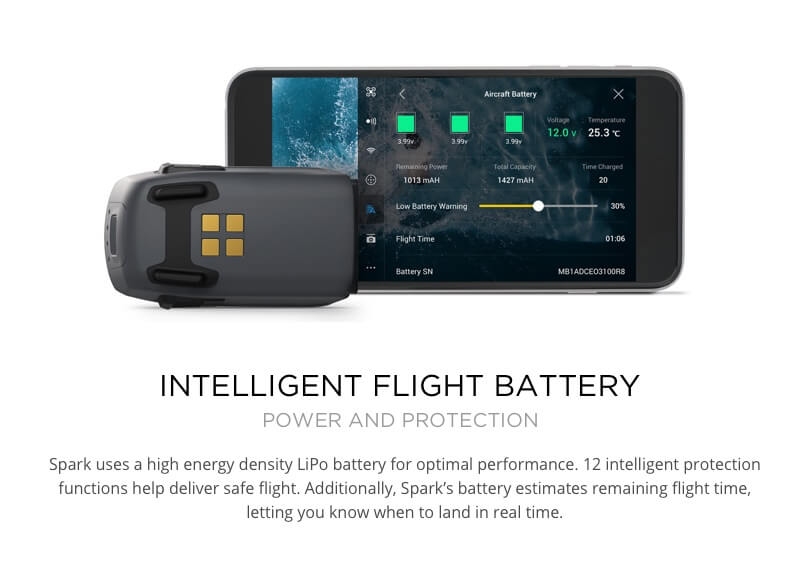
Eachine Trashcan Tiny Whoop Lights Flashing Fast
in RC Quadcopter Drone Discussion
Posted
Sorry have not use this one. Here's a good video on this whoop for anyone interested.